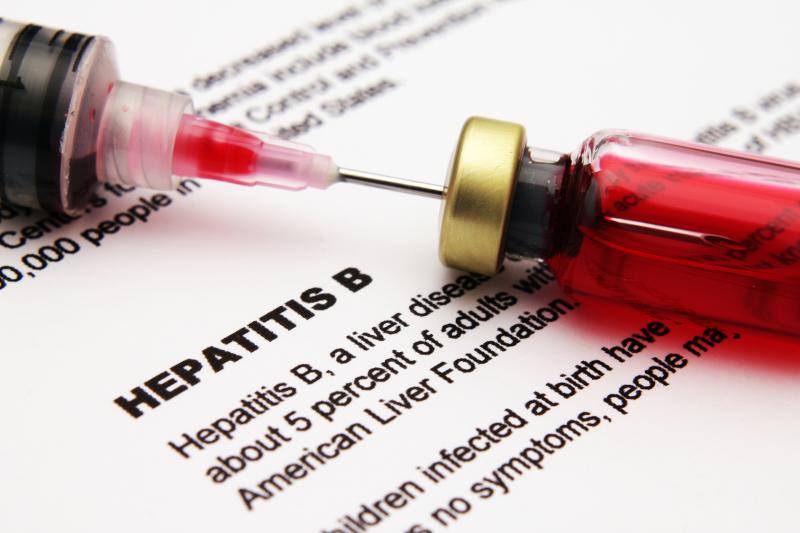
Switching treatment from nucleo(s)tide analogue (NUC) to pegylated interferon alpha-2a (PegIFN-α-2a) for 48 weeks results in a significant decrease in virological relapse rates as well as higher hepatitis B surface antigen (HBsAg) loss rates when compared with NUC treatment cessation alone in patients with HBeAg-negative chronic hepatitis B, reports a study.
This multicentre, randomized, controlled clinical trial included 180 noncirrhotic patients with HBeAg-negative chronic hepatitis B on continuous NUC therapy for ≥2.5 years, with HBV DNA levels <60 IU/ml. They were randomized either to discontinue NUC therapy (n=90) or receive 48 weeks of PegIFN-α-2a treatment (n=90).
A team of investigators followed the participants for up to 96 weeks and assessed the virological relapse rate, the primary endpoint.
In intention-to-treat analysis, the cumulative virological relapse rates until week 96 were significantly lower among patients in the interferon monotherapy group than in those in the NUC cessation group (20.8 percent vs 53.6 percent; p<0.0001).
At 48 weeks off treatment, virological relapse occurred less frequently in the interferon monotherapy group than in the NUC cessation group (17.8 percent vs 36.7 percent; p=0.007). Notably, the virological relapse rate was positively associated with the HBsAg levels in the NUC cessation group.
Moreover, the interferon monotherapy group demonstrated a lower cumulative clinical relapse rate (7.8 percent vs 20.9 percent; p=0.008) and a higher HBsAg loss rate (21.5 percent vs 9.0 percent; p=0.03) than the NUC cessation group.